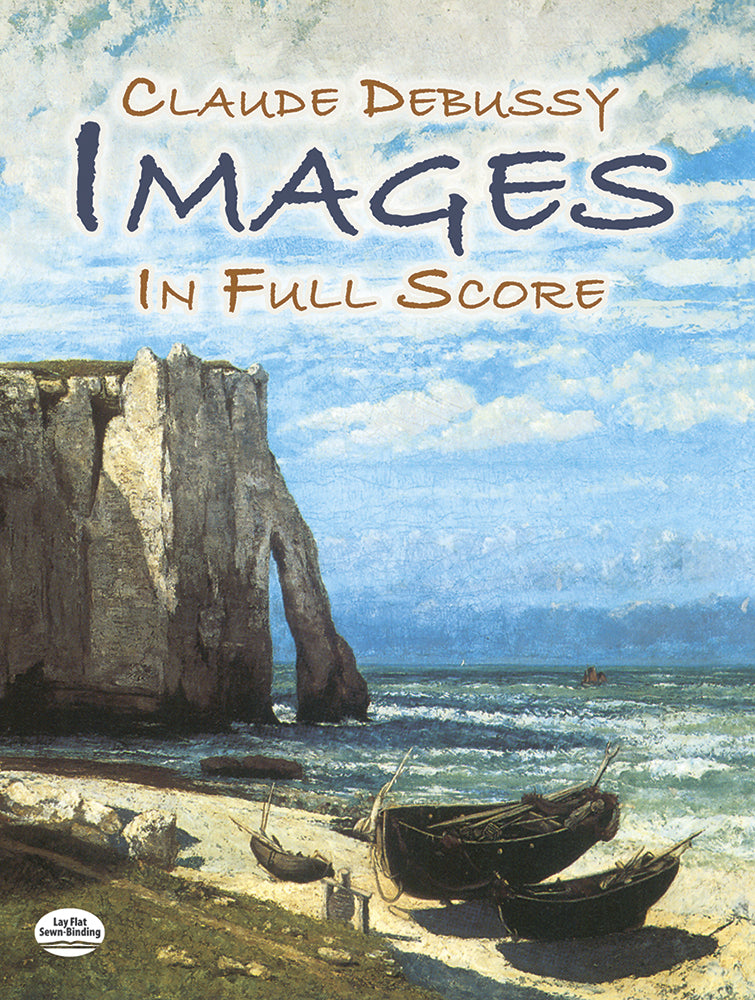
Dover Publications - 486
Debussy Images in Full Score
Composer: Claude Debussy
Publisher: Dover Publications
Format: Full Score
Binding: Paperback
Dimensions: 9.38 in x 12.25 in
Pages: 224
Debussy Images in Full Score
Juilliard Store
144 West 66th Street
New York NY 10023
United States
Choose options
Debussy Images in Full Score
Juilliard Store
144 West 66th Street
New York NY 10023
United States
Debussy Images in Full Score
Juilliard Store
144 West 66th Street
New York NY 10023
United States
Imagery was such a vital component of Debussy's approach that he titled several of his works "Images," including this magnificent orchestral triptych. Written over a period extending from 1905 to 1912, these loosely related movements express the national characters of England, Spain, and France. The biggest, Ibéria, is itself a triptych—a medley of Spanish allusions, scored with castanets, flashing tambourines, and bells. It is accompanied by Gigues, a moody tribute to England, and Rondes de printemps, a lively celebration of spring in the French countryside.
